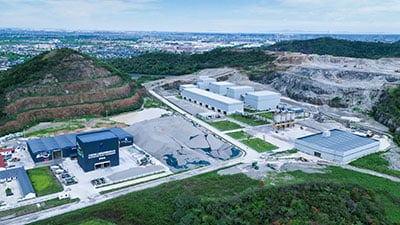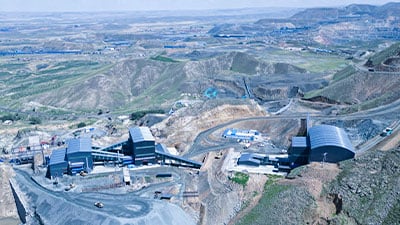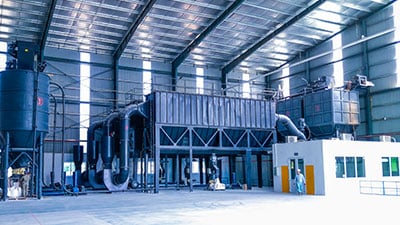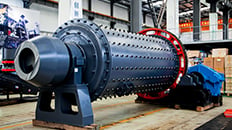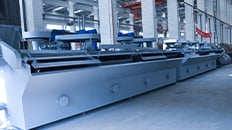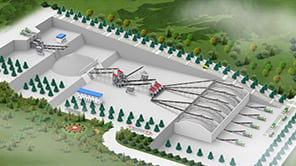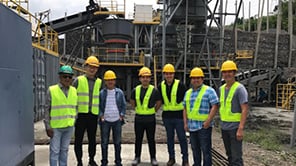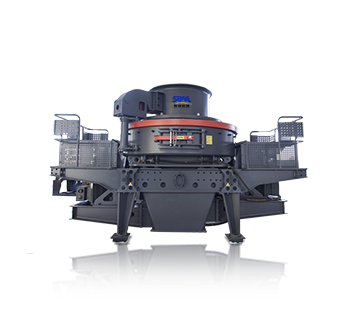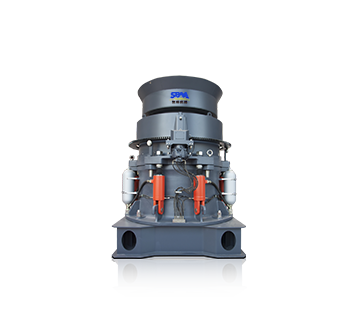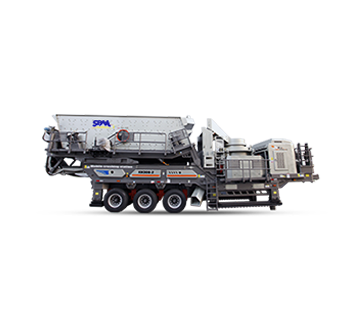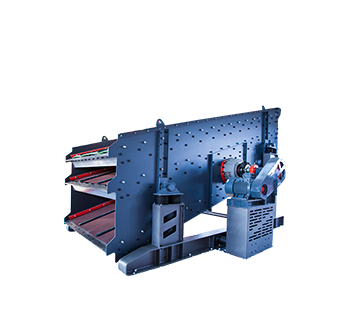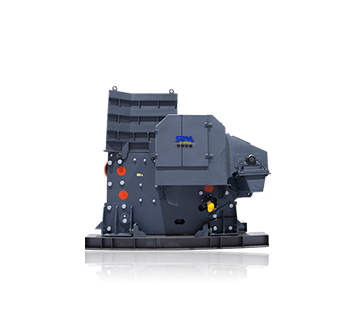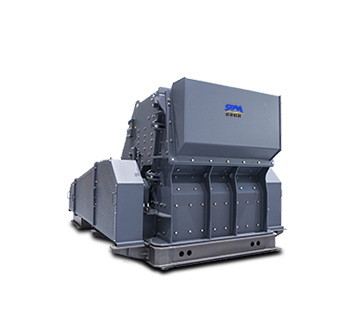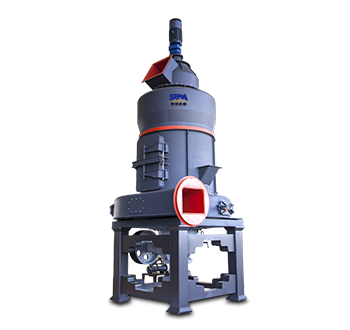Summary:Mobile crusher represent a versatile solution for silica rock processing facilities seeking agility and optimal resource utilization.
Silica is one of the most abundant minerals globally and finds widespread applications across numerous industries including glass, ceramics, chemicals and building materials. Ensuring an adequate supply of high-quality silica feedstock demands efficient beneficiation at mining operations. Mobile crusher represent a versatile solution for silica rock processing facilities seeking agility and optimal resource utilization.

1. What is the Silica?
1.1 Silica Ore Definition and Types
Common silica ore types comprise quartzite, novaculite and various igneous/metamorphic rocks with over 90% silicon dioxide (SiO2) content. However, properties like high hardness, brittleness and inherent quartz crystallinity present challenges for comminution. Impurities including clay minerals, iron oxides and alkalis must also be kept within acceptable limits for silica product specifications.
Silica exists in various forms, with the most common being:
- Quartz: The most prevalent form of silica, known for its hardness and durability.
- Amorphous Silica: Found in natural sources like diatomaceous earth, it has a less defined structure.
- Silica Sand: Granular material composed of fine quartz particles, widely used in construction and manufacturing.
1.2 Applications of Silica
Silica is utilized across multiple sectors, including:
- Glass Manufacturing: Silica is a key ingredient in glass production, influencing clarity, strength, and thermal stability.
- Construction: Used as a filler in concrete and as a component in asphalt.
- Electronics: Essential for semiconductor manufacturing and other electronic components.
- Foundry: Employed in metal casting processes.
2. The Importance of Processing Silica
2.1 Why Process Silica?
Processing silica is essential to enhance its quality and tailor its properties for specific applications. Raw silica may contain impurities that can adversely affect its performance in final products. Processing techniques aim to:
- Remove Impurities: Enhance purity levels to meet industry standards.
- Achieve Desired Particle Size: Modify the particle size distribution for specific uses.
- Improve Physical Properties: Tailor the silica’s texture, shape, and surface characteristics.
2.2 Challenges in Silica Processing
Processing silica presents several challenges:
- High Hardness: Silica is a hard material, making it difficult to crush and grind.
- Dust Generation: The crushing and grinding processes can produce significant dust, posing health and environmental risks.
- Material Handling: The abrasive nature of silica can lead to wear and tear on equipment.
3. The Design of Mobile Crusher in Silica Processing
Well-engineered mobile crushers address silica ore traits through robust design and process intelligence:
- Heavy-duty frame and components withstand wear from chipped quartz particles.
- Hydraulic adjustment maintains tight discharge settings for high silica recovery.
- Dust control systems prevent airborne fines losses and operator exposure.
- Modular assemblies enable efficient component replacement at any location.
- Digital automation maximizes crushing availability and performance visibility.

4. Processing Steps in Silica Sand Processing Plants

4.1 Primary Crushing with Jaw Crusher
As the initial size reduction stage, jaw crusher efficiently downsize run-of-mine ore while preserving included silica for subsequent processing. Key jaw crusher attributes include:
- Reversible, extra-long and auto-lubricated eccentric shaft assembly.
- Wear-resistant steel alloys in cavities prolong service intervals.
- Hydrostatic undercarriage traverses mountainous quarry terrain.
- Automatic cycle counting optimizes component replacement scheduling.
4.2 Secondary Crushing with Cone Crusher
Roller-mounted mobile cone crusher achieve precise secondary size reduction. Features such as:
- Patented multipactorcavity breaking system concentrates force for maximum throughput.
- Computerized tramp metal detection protects interior parts.
- Hydraulic clearing rapidly removes blockages maintaining productivity.
- Electrical components safely withstand dust-laden environments.
4.3 Tertiary Crushing with Impact Crusher
To obtain fine silica particles for high-value applications, impact crusher deliver energy-efficient tertiary comminution:
- Rock-on-rock crushing in an enclosed chamber protects integral internal components.
- Adjustable rotor speeds selectively break silica versus impurities.
- Removable reaction rings and blow bars simplify maintenance access.
5. Crushing Circuit Design for Purity
Specialized crushing flowsheets maximize silicon quality downstream:
- Pre- screening eliminates oversize to reduce contamination risks.
- Graded tertiary crushing selectively breaks silica while sparing unrecoverable gangue.
- Closed-circuit crushing achieves narrow particle distributions for separation.
- Hydraulic conveyors transport ore securely with minimal friction-based dust.
- Dust collection hoods on all crushers and screens minimize airborne silicon losses.
With suitable process design, mobile plants optimize both capacity and purity attributes vital in high-tech silicon markets.
Advantages of Mobile Crusher in Silica Sand Processing
Mobile crusher offers mining operations noteworthy productivity benefits over stationary facilities:
- Fast commissioning within weeks versus months for permanent structures.
- Mobile sites follow advancing mining faces for consistently-fed downstream plants.
- No land acquisition or civil works costs for transient operational locations.
- Unlimited independent rearrangement of individual crushing units.
- Easily redeployable fleet matches variable mineralization patterns and reserves.
- Lower capital outlays compared to similarly-sized permanent installations.

With inherent operating flexibility, energy efficiency and advanced crushing technology, mobile crusher provide silica mining operations an indispensable minerals extraction approach. Their capacity to exploit remote reserves while minimizing infrastructure expenditure aligns processing with fluctuating feed conditions and reserves characteristics far better than fixed sites.
As a cornerstone for optimized silica resource utilization, mobile crusher establish long-term process reliability essential for growing end-use market demands.

